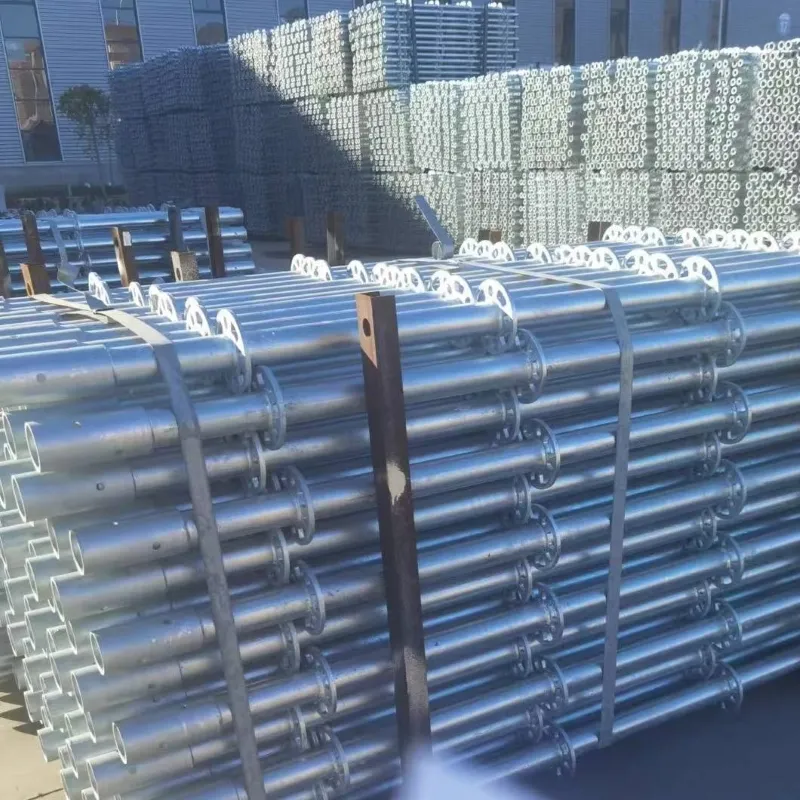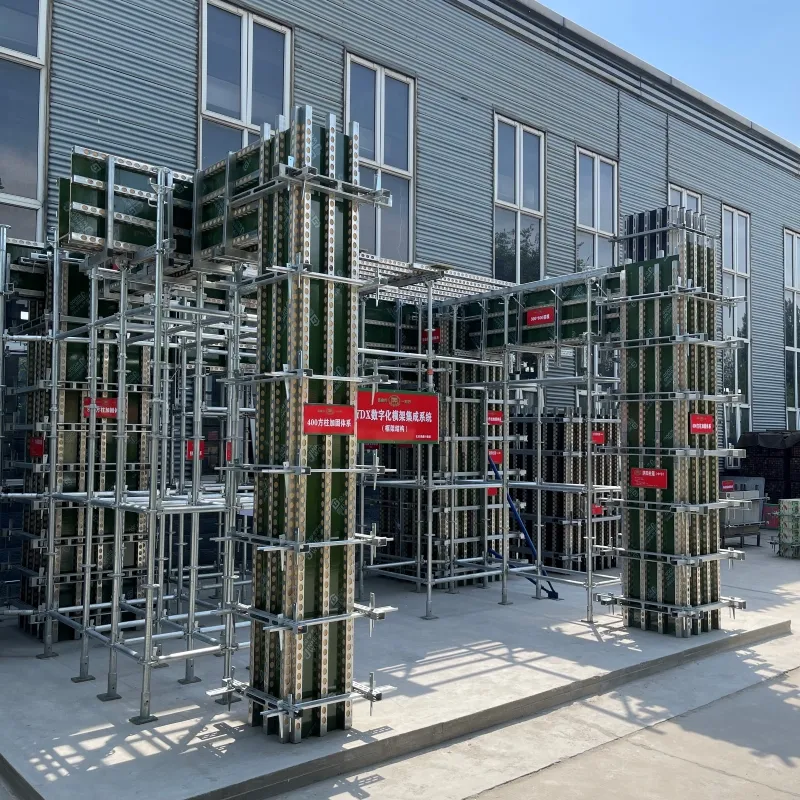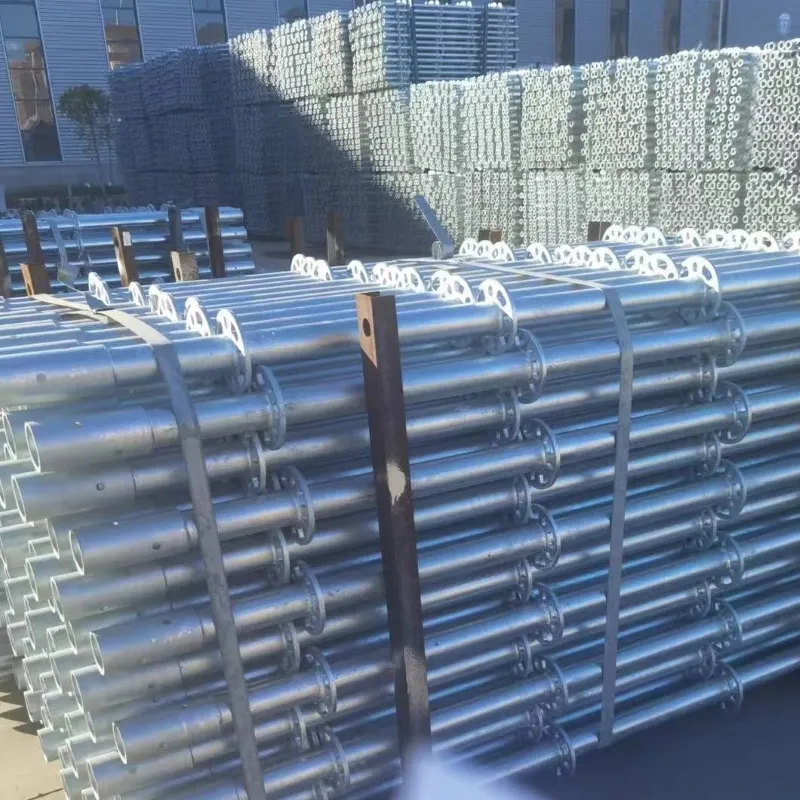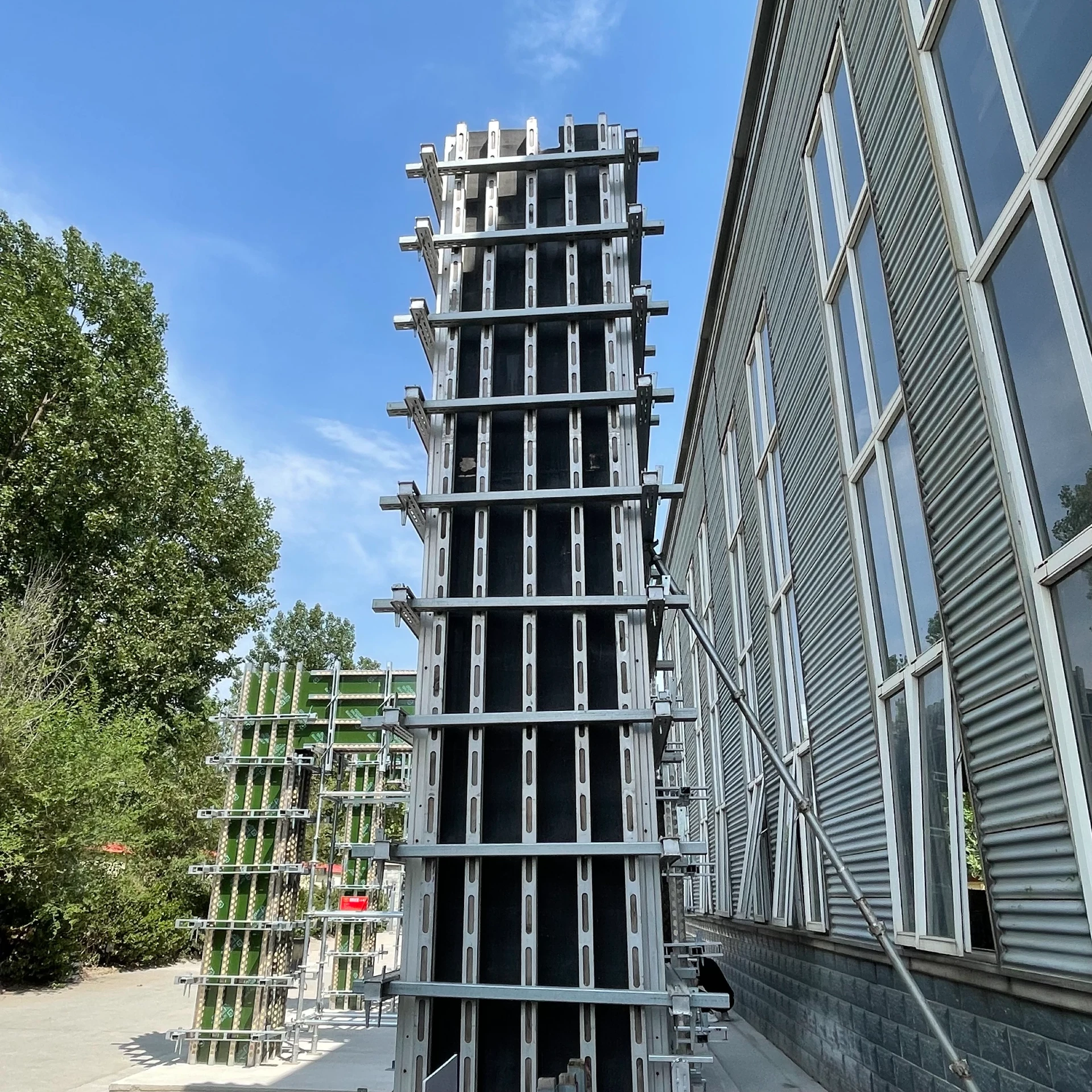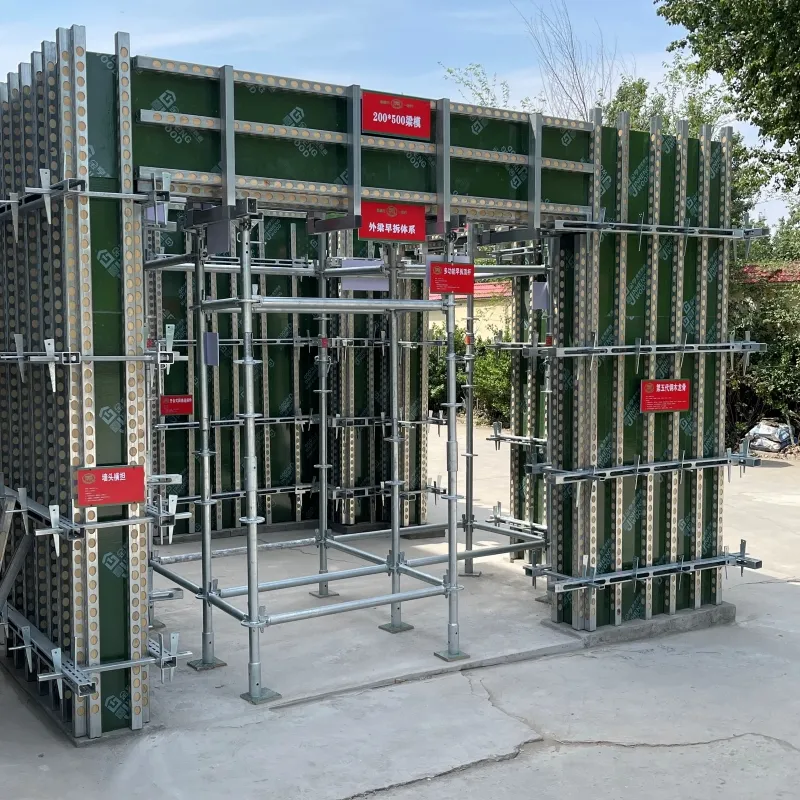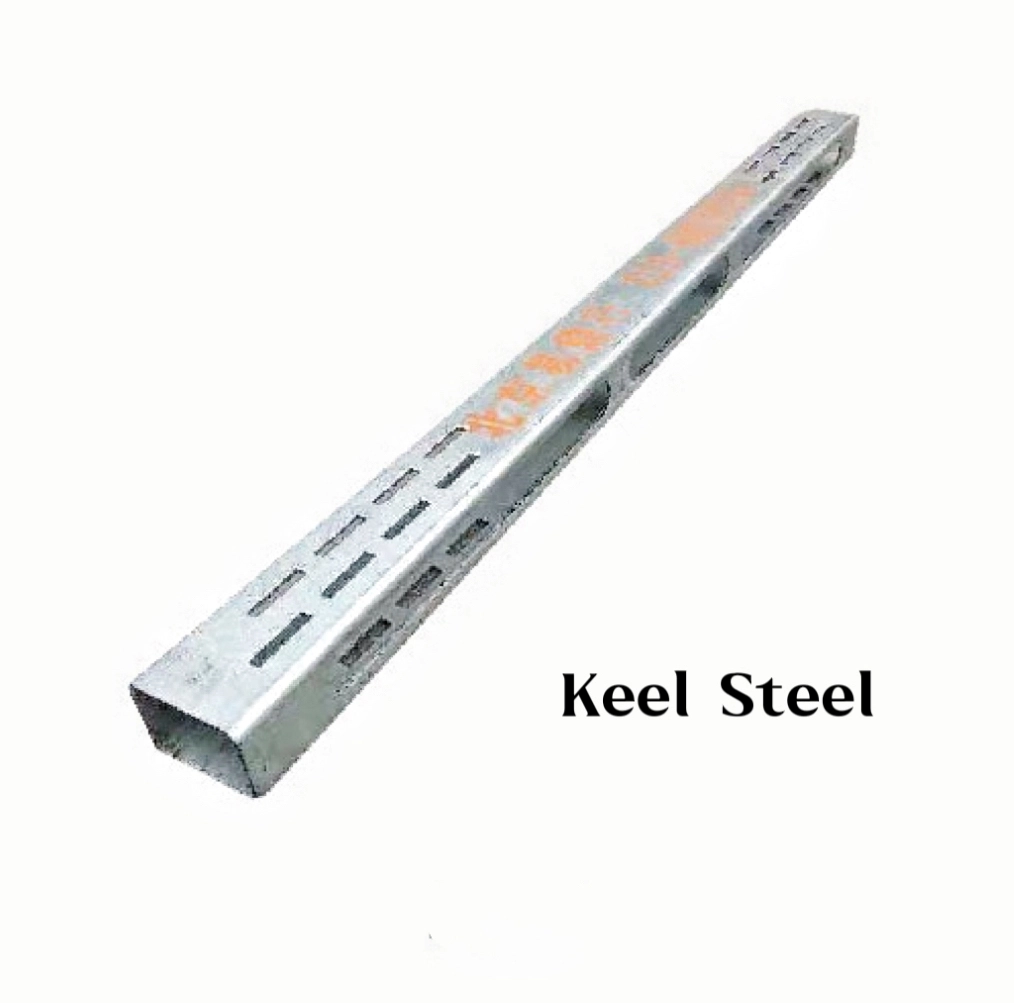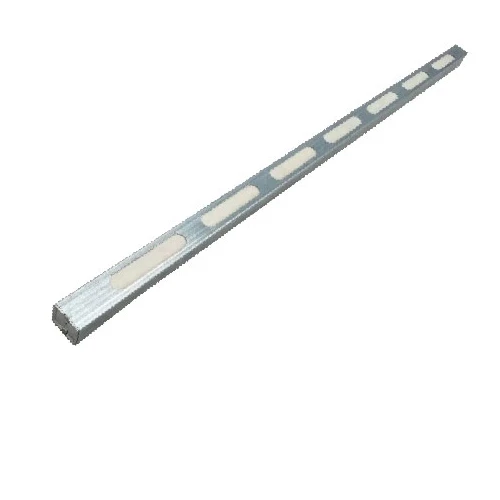
Jul . 28, 2025 17:01
Back to list
High-Quality Timber Steel Brackets for Durable Construction Solutions
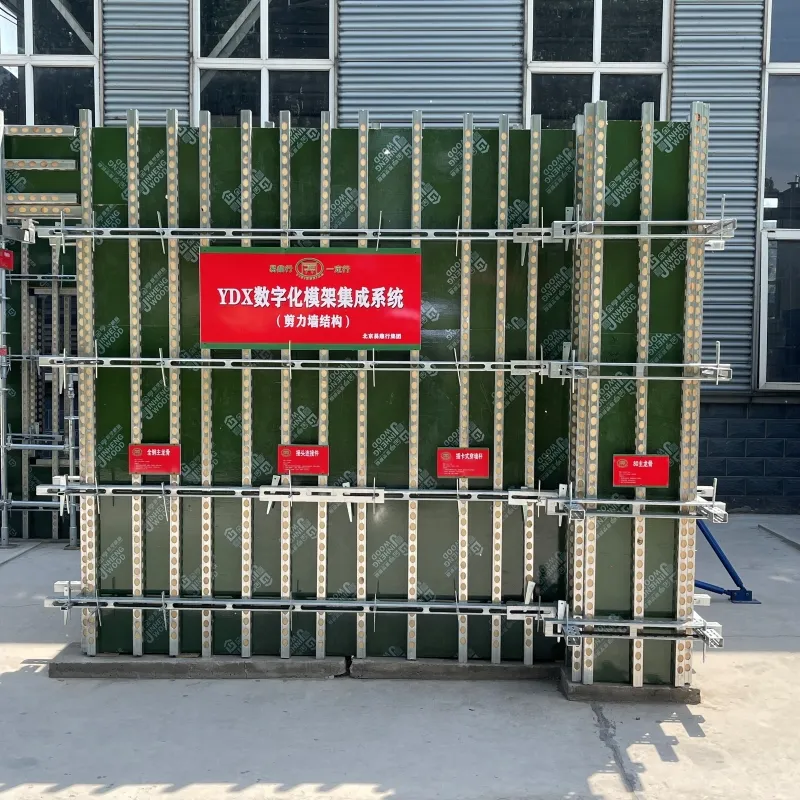
Timber Steel has become a critical hybrid solution in modern construction, leveraging the natural drive for sustainability, durability, and optimized load transfer. Integrating the strengths of both timber and steel—sometimes also referenced as timber metal composites, steel timber brackets, or timber frame steel brackets—these connectors and structural systems are reshaping architectural design, infrastructure, and high-performance industrial applications.
Industry Trends in Timber Steel and Hybrid Frameworks
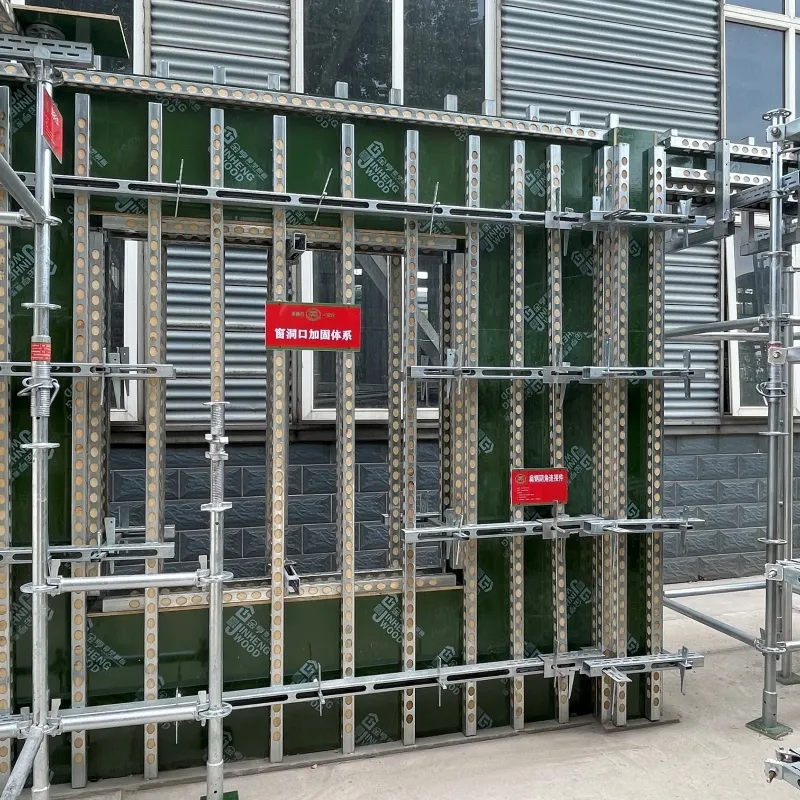
According to MarketsandMarkets: The global timber steel composites market is anticipated to reach USD 2.18 billion by 2028 (source), driven by demand for eco-friendly, long-life, and high-resistance construction materials.
- Sustainability: Timber steel combines the renewable aspects of engineered timber with the longevity and strength of steel, helping meet LEED and BREEAM criteria.
- Digital Engineering: CNC machining and BIM integration are streamlining fabrication and assembly of composite timber and steel frameworks.
- Hybrid Applications: Used in multi-story buildings, industrial plants, bridges, modular homes, and energy infrastructure.
- Cost Efficiency: Composites deliver lower lifecycle costs due to reduced maintenance, improved thermal properties, and higher load-bearing capacities.
Technical Parameters & Product Specifications
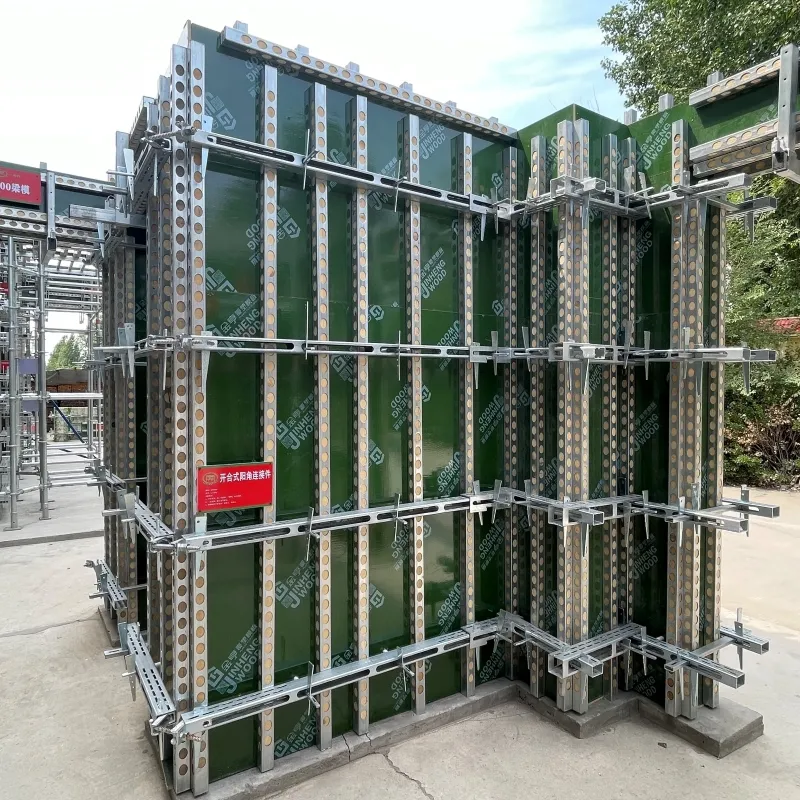
Timber Steel Key Technical Parameters
| Parameter | Unit | Timber Steel | Pine Timber | Galvanized Steel |
|---|---|---|---|---|
| Compressive Strength | MPa | 95–170 | 45–65 | 215–235 |
| Bending Strength | MPa | 60–130 | 62–98 | 220–250 |
| Density | kg/m³ | 680–755 | 480 | 7800 |
| Fire Resistance | min | 45–120 | 35–60 | 120 |
| Service Life | years | ≥35 | 15–25 | 30–50 |
| Corrosion Resistance | Grade | High | Low | High |
| Thermal Conductivity | W/m·K | 0.2–0.12 | 0.18 | 50–60 |
All timber steel products comply with ISO 9001:2015, ANSI/AISC 360-16, and EN 1090-1 norms for safety, load performance, and consistent quality.
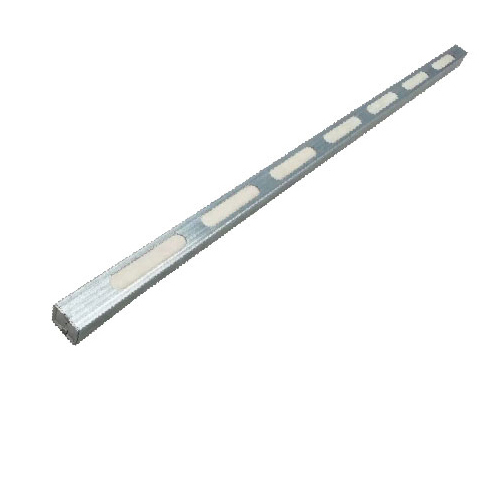
Technical Performance Trend of Timber Steel (2019–2024)
Manufacturing Process of Timber Steel
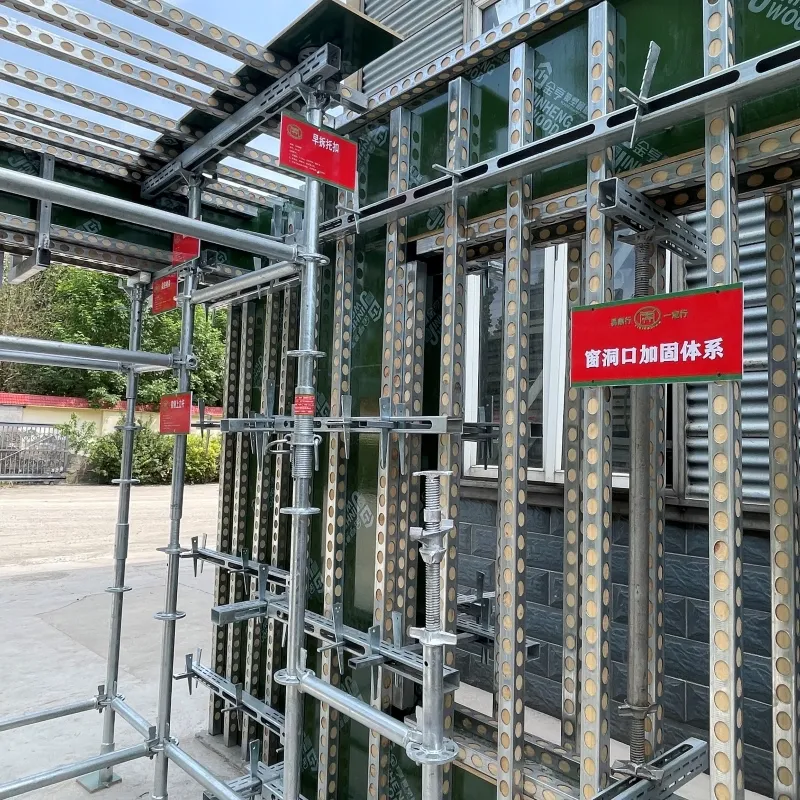

- Material Selection – Choose graded timber and structural steel (Q235/355/EN S355JR), ensuring moisture content <12% and yield stress ≥355MPa.
-
CNC Machining/Precutting→
Automated CNC tools precision-cut timber/steel components, yielding tolerances as low as ±0.2mm (ISO 2768-m compliant). -
Surface Treatment→
Anti-corrosion treatment: Hot-dip galvanizing for steel brackets (≥80μm zinc), pressure treating timber (EN 351). -
Joint Assembly & Fastening→
Utilize timber steel brackets, bolts (ISO 898-1 Gr. 8.8), and adhesives to form composite structural nodes. -
Quality Inspection
NDT, tensile/bending tests, and corrosion resistance tests (ANSI/AISC 360-16, ISO 6508-1).
Estimated cycle time: 15–21 working days for custom designs. 100% traceability using digital barcodes per batch.
Comparison of Major Timber Steel Brackets vs. Common Metal Connectors
Application Scenarios & Customization Solutions

- Building Frames: Timber steel connectors for residential and commercial structures, delivering seismic and thermal performance exceeding Eurocode 5 and ASTM E72.
- Energy Facilities: Used in oil&gas skids, wind turbine mounts, and substations for their combined compressive/flexural strength and corrosion resistance.
- Bridges & Infrastructure: Structural nodes employ timber frame steel brackets for vibration resistance and prolonged outdoor service life.
- Industrial Formwork: Timber steel elements ensure easy removal, dimensional stability, and repeatable use (over 300 cycles).
- Water Treatment Plants: Anti-corrosive timber steel brackets last longer in humid, chemical-laden environments.
Service Life Distribution by Industry
Why Choose Timber Steel? Technical Advantages
- Superior Load Distribution: The hybrid interface of timber steel achieves a 24–47% higher load transfer at joints versus single-material systems (J. of Constructional Steel Research).
- Extended Service Life: Zinc-plated steel brackets and pressure-treated timber achieve service spans beyond 35 years, validated by ISO 9223 corrosion classification.
- Easy Installation & Modularization: CNC-precision mounts are ready-to-use; bracketed nodes reduce onsite labor time by 35%.
- Custom Engineering: Design-to-order options supported for unique geometries, adhesives, and coatings.
- Environmental Benefits: Timber composites reduce CO2 emissions by >30% vs. full-metal systems due to renewable resource input.
- Standard-compliant Testing: Products undergo EN 196-1, ISO 6508-1 testing for compressive, tensile, and corrosion resistance.
Manufacturers Comparison & Market Positioning
| Company | Main Product | Certifications | MOQ | Lead Time | Countries Supplied |
|---|---|---|---|---|---|
| Formwork Reinforced | Timber Steel Connectors, Brackets & Plates | ISO 9001, EN 1090, SGS | 100 units | 14–21 days | 50+ |
| Simpson Strong-Tie | Steel Timber Brackets | ICC-ES, ETAG, CE | 200 units | 20–35 days | 35+ |
| Metwood | Timber Metal Hybrid Beams | ANSI/AISC, ASTM | 150 units | 30+ days | 20+ |
| MiTek | Timber Steel Truss Plates | FSC, ISO 9001 | 500 units | 45–55 days | 30+ |
*Certification varies by product batch; all timber steel systems from Formwork Reinforced undergo independent SGS testing and CE marking.
Customization Process & Delivery Commitments
Lead Time: 14–21 days for standard and custom orders | Warranty: 5 years | Customer Support: 24h response, on-site installation guidance, full technical documentation supplied.
- Technical Consultation: Engineering team reviews drawings, load requirements, and application standards (typically EN 1995-1-1, ISO 898-1).
- CAD Modelling: Custom geometry and mounting configuration developed in Autodesk Inventor/SolidWorks.
- Sample & Testing: Prototyping and lab tests for joint strength, anti-corrosion, environmental durability.
- Bulk Manufacturing: Scheduled precision CNC and galvanizing process.
- QC & Logistics: Batch traceability, third-party certification report, and shipping to 50+ countries.
Key Technical Indexes - Radar Map Comparison
Real-World Application Case Studies

Case 1: Petrochemical Plant Pipe Rack, Western Europe (Formwork Reinforced)
- Utilized 2300 pieces of timber steel brackets in high-corrosion zones.
- After 3 years, inspection shows no visible corrosion or mechanical degradation (compatibility with ISO 9223 C4 classification).
- Client Feedback: "Remarkable reduction in site maintenance. Installation was 40% faster than legacy steel or wooden systems."
Case 2: Eco-Friendly Modular Housing, New Zealand
- Hybrid timber and steel framework met Green Star and FSC standards.
- Custom CNC brackets enabled mass production with 98% fitting precision.
- Result: Building energy consumption dropped by 18% due to the superior insulation of hybrid joints.
Case 3: Municipal Water Treatment Station, Southeast Asia
- Adoption of galvanized steel timber brackets for chemical/biological containment infrastructure.
- Still passing ISO 6508-1 salt spray and EN 196-1 mechanical load tests after 2 years' operation.
Want more solutions? Contact our technical experts for free consultation and on-demand engineered timber steel designs!
Professional FAQ (Timber Steel Technology FAQ)
1. What materials are typically used in top-quality timber steel joints?
Primarily, kiln-dried engineered timber (e.g., Glulam, LVL), structural steel plates (Q235/S355 or A36/A992), and hot-dip Zn/epoxy for corrosion protection. Fabrics, adhesives, and high-strength bolts (ISO 898-1 Gr. 8.8+) are also integrated.
2. What are standard bracket dimensions and product thicknesses?
Standard timber steel brackets range from 80x120mm to 220x350mm; thickness varies 5–15mm (custom: up to 25mm), complying with EN 1090 tolerance class EXC2.
3. Which testing standards are applied to timber and steel brackets?
EN 1090-1/2 (structural elements), ISO 6508-1 (hardness), ASTM E72 (flexural/bending), ISO 9223 (corrosion category classification).
4. Is custom CNC fabrication available for non-standard shapes?
Yes, advanced CNC and laser-cutting can deliver high-precision profiles ±0.2mm for irregular or project-specific geometries.
5. What is the minimum order quantity (MOQ) for timber steel connectors?
Typically from 100 units per type for custom production; ready-stock sizes often have no MOQ.
6. What is the expected service life and warranty period?
In normal conditions, engineered timber steel solutions last 35–50 years. Manufacturer warranty: 5 years for production defects.
7. Can timber metal connectors be used in marine or chemical environments?
Yes, choose enhanced corrosion-resistance steel (Zn>80μm, C5-M class coating) and pressure-treated timber (per EN 351) for aggressive environments, such as water treatment and offshore projects.
Contact, Delivery, & After-Sales Support
Get a quote: https://www.formworkreinforced.com/timber-steel.html
- Response within 24 hours (Mon–Sat)
- Full technical drawings & test reports included
- On-site or remote installation guidance
- 5-year warranty, third-party QC support available
References & Industry Sources
- H. Kharal et al, “Hybrid Timber–Steel Structures: Engineering Applications and Trends,” Journal of Structural Engineering, https://ascelibrary.org/doi/abs/10.1061/(ASCE)ST.1943-541X.0003117
- “Performance of composite timber–steel joints in building applications,” Engineering Structures, 2022, https://www.sciencedirect.com/science/article/pii/S0141029622024950
- Forum discussion: “Timber & Steel Hybrid Construction,” at https://www.eng-tips.com/threadminder.cfm?pid=507
- “Timber–Steel Combinations in Modern Structures.” Construction Technology Journal, May 2023.
- MarketsandMarkets Research: “Timber Steel Composites Market–Global Forecast (2022–2028)”
- FSC & ISO, ISO 9001:2015 Quality Management
- MiTek, Product Specifications. https://www.mitek-us.com/
Share
Latest news
-
The Importance of Reinforcement Bar in ConstructionNewsJul.11,2025
-
The Durability of Timber Steel FurnitureNewsJul.11,2025
-
How to Assemble Fixed Clamp Scaffolding SafelyNewsJul.11,2025
-
Essential Column Rebar Specifications for High-Rise BuildingsNewsJul.11,2025
-
Common Applications of Steel Keels in ConstructionNewsJul.11,2025
-
Benefits of Using Aluminum Scaffolding Ladders Over SteelNewsJul.11,2025
-
Stainless Steel Keel: Analysis of the Triple Advantages of Rigidity, Stability, and LightweightNewsJun.19,2025
Related Products




